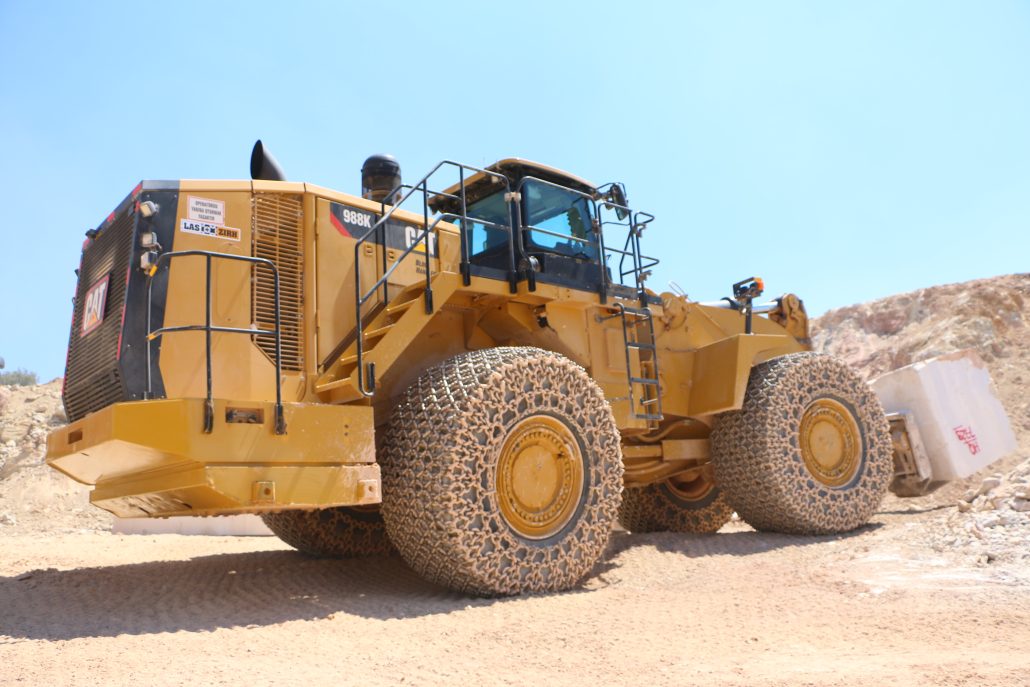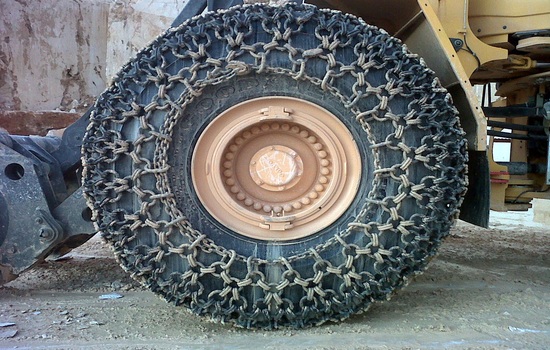For heavy equipment operators, it’s critical to guarantee the durability and functionality of Off-the-Road (OTR) tires. Here is where OTR Tire care matters. It helps to prevent accidents and maximize efficiency on the job site.
This comprehensive guide explores essential OTR tire care practices. It provides valuable insights into maintenance routines that enhance operational efficiency and safety. OTR tires are essential in fields like mining and construction, where harsh conditions are common. Proper care is not an option; it is required for extending their lifespan and maintaining peak performance.
Taking a closer look, OTR Tire care involves a series of simple yet important steps. Every action, from regular visual inspections to monitoring tire pressure, contributes to the overall health of these robust tires—simple habits like safe driving and routine cleaning help to preserve their integrity.
Understanding OTR Tires
Off-the-road (OTR) tires are critical in heavy-duty operations. They serve as a solid foundation that supports massive machines in construction and mining. Their purpose is to offer maximum traction and stability while withstanding harsh circumstances. The difficult terrain and severe conditions in off-road settings are specifically engineered into these durable tires. Proper care and maintenance of OTR tires are critical to ensuring their longevity and optimal performance. Fundamentally contributing to the overall efficiency and safety of heavy equipment operations.
From massive mining trucks to earthmoving equipment, OTR tires carry the weight of these heavy-duty equipment. Making the maintenance of these tires a vital component of guaranteeing safe and efficient operations on mining and construction sites.

OTR tires are specially designed for heavy-duty applications in challenging terrain
OTR Tire Care Routines
1. Proper Inflation and Pressure Monitoring
A vital component of OTR tire care, proper inflation, and pressure monitoring greatly impact the tires’ lifespan and overall performance. The ability of the tire to carry loads, its stability, and its fuel efficiency are all directly impacted by maintaining the proper air pressure. To guarantee maximum contact with the ground, promote uniform tread wear, and minimize irregularity risk. OTR tires should be inflated to the manufacturer’s recommended pressure.
When talking about OTR tire care, regular pressure monitoring is crucial to quickly identify any deviations from the advised levels. Underinflated tires have a higher chance of blowouts, faster wear, and excessive heat. On the other hand, tires that are too inflated could result in an uncomfortable ride, decreased traction, and irregular wear. This procedure can be automated by using tire pressure monitoring systems (TPMS), which offer real-time data and alerts for prompt action.
In conclusion, adhering to a diligent inflation and pressure monitoring regimen as part of OTR tire care routines has multiple benefits. Operators can maximize the lifespan of their OTR tires, minimize downtime, and contribute to overall operational safety and efficiency.
2. Inspections and Maintenance
Routine inspections and maintenance are essential to the care and longevity of Off-the-Road (OTR) tires. Regular visual inspections allow operators to detect potential issues, for example, cuts, bulges, or irregular wear behaviors, early on. Addressing these issues as soon as possible can prevent more extensive damage and extend the tire’s overall lifespan.
It is important to schedule maintenance as part of OTR tire care. This includes actions like rotating tires, aligning wheels, and checking and adjusting lug nuts. To ensure even tread wear and maintain proper alignment. These routine procedures contribute to the tire’s consistent performance and improve safety on construction and mining sites. Furthermore, routine inspections allow you to check tire pressure, which is critical for optimal functionality. This time can be used by operators to adjust inflation levels. That way meets manufacturer recommendations, increasing efficiency and lowering the risk of tire-related incidents.
Incorporating routine inspections and maintenance into the OTR tire care regimen not only improves operational safety but also ensures that these heavy-duty tires can withstand the harsh conditions of construction and mining sites, maximizing their durability and performance.
3. Effective Cleaning Practices
Effective cleaning practices are critical for proper OTR tire care. Particularly in construction and mining environments where they are subjected to harsh conditions. Cleaning the tire surface regularly helps remove debris, mud, and other contaminants. This not only improves the appearance of the tire but also prevents potential problems like uneven wear and corrosion.
It is critical to use the right cleaning agents and tools. To avoid causing tire rubber damage, mild detergents and soft brushes are commonly recommended. Cleaning the tire sidewalls and treads properly ensures that no abrasive materials remain, reducing the risk of accelerated wear.
This proactive approach during cleaning helps identify potential issues early on. Allowing for timely intervention and preventing more serious problems in the future. Operators can improve overall safety on construction and mining sites by incorporating effective cleaning practices into their OTR tire care routine. A clean and well-maintained tire performs optimally, ensuring efficient operations and reducing the risk of unexpected failures.
TPC for OTR Tire Care
Tire protection chains are an accessory that plays an important role in OTR tire care. These heavy-duty chains are designed to provide enhanced traction, durability, and protection for OTR tires operating in challenging conditions. Protecting tires from the impact of jagged rocks, abrasive materials, and rough terrain is one of the main purposes of tire protection chains. These chains create a strong barrier that guards against the possible harm that heavy-duty operations may cause to OTR tires. The chains serve as a protective layer, reducing wear and tear and extending tire life. Moreover, tire protection chains play an important role in improving traction on slick or uneven terrain.

Tire protection chains provide consistent performance and contribute to the overall reliability of heavy equipment
In construction and mining sites where the ground may be unstable or covered with debris, these chains improve tire grip, preventing slippage and improving overall stability. This increased traction is very important for maintaining operational efficiency and ensuring job-site safety.
In summary, tire protection chains are indispensable accessories for OTR tire care in heavy-duty operations. They offer a robust defense against external elements, enhance traction, and ultimately contribute to the efficient and safe functioning of construction and mining equipment.


